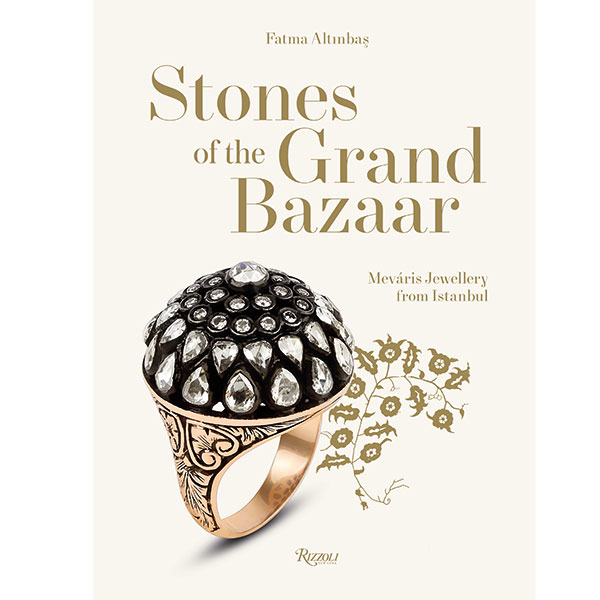
If getting introduced to a jewelry brand by way of a 224-page monograph is wrong, I don’t want to be right. Because Stones of the Grand Bazaar: Meváris Jewellery From Istanbul, a new release from Rizzoli New York, has been a delightful way to familiarize myself with the work of Fatma Altınbaş, founder and designer of the jewelry line Meváris.
Equal parts travelogue, memoir, and fancy jewelry coffee-table book, it’s a celebration of the colors and cultural riches of Istanbul, with a particular focus on the Grand Bazaar, where generations of jewelry artisans have been honing their crafts for centuries.
Altınbaş was born in Cyprus and raised in Istanbul, where her family, descended from gold merchants, worked as jewelers in the Grand Bazaar, eventually growing their business into an international jewelry brand. She graduated from Bilkent University in Ankara, Turkey, with a degree in international relations, and later completed her MBA in Milan. She also holds a Ph.D. in cultural anthropology; her research focused on the master artisan jewelers of the Grand Bazaar.
As such, in Stones of the Grand Bazaar, well-crafted essays interweave the history of Istanbul, the rich, multilayered evolution of the 560-year-old marketplace itself, and the world-famous jewelry-making methods that emerged there (and continue to thrive).
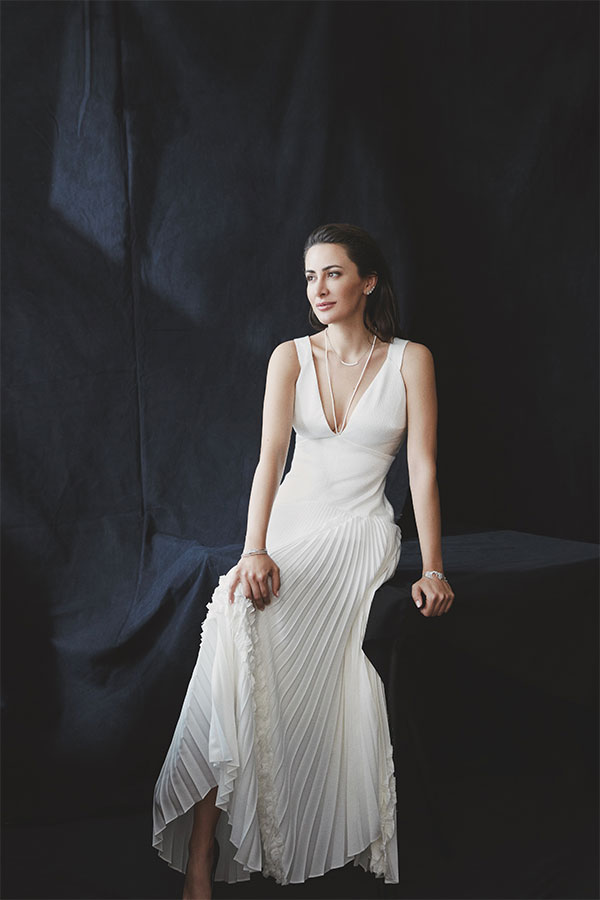
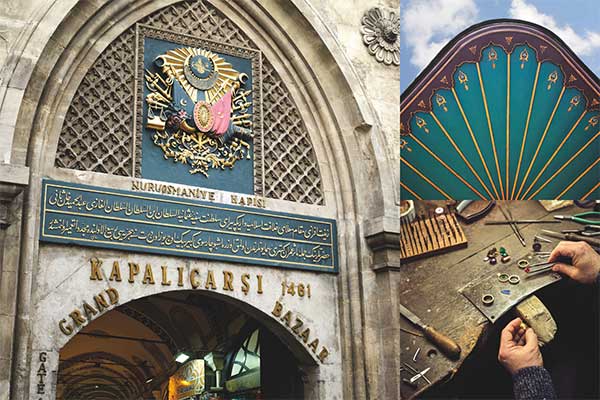
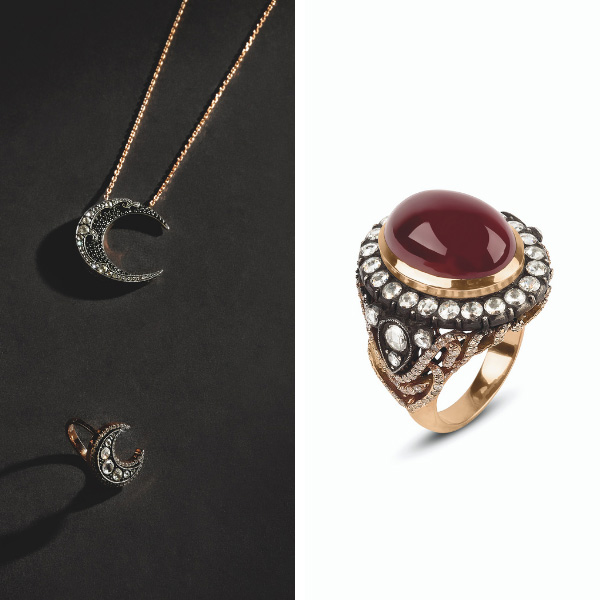
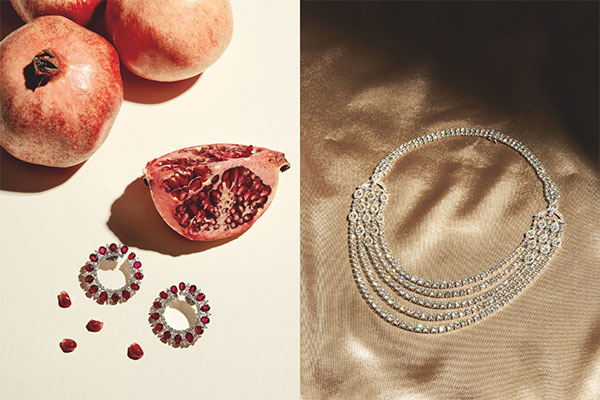
Meváris, which means “heritage” in Ottoman, is the culmination of Altınbaş’ academic journey coupled with her innate flair for the jewelry arts. The book, with its different sections on the enduring influence of floral motifs (“Turks are said to be the first cultivators of tulips”), resplendent textiles and carpets (“the [favorite color] of the Ottomans, in fabrics and [jewelry], was crimson”), and Istanbul’s architectural marvels (“Whether historic or modern, the jewels of this city are projected before her, one by one: the opulent necklace of the Bosphorus Bridge, the heirloom brooch of the Topkapi Palace, or the ancient tiara of the Theodosian Walls”), showcases the heartbeat that sustains the designer’s vision for her brand.
And will very likely move Istanbul to the top of your post-pandemic travel bucket list.
Top: Cover of Stones of the Grand Bazaar: Meváris Jewellery From Istanbul © Rizzoli New York, 2021. (All images courtesy of Rizzoli New York)
Follow me on Instagram: @aelliott718
- Subscribe to the JCK News Daily
- Subscribe to the JCK Special Report
- Follow JCK on Instagram: @jckmagazine
- Follow JCK on X: @jckmagazine
- Follow JCK on Facebook: @jckmagazine








